WEST GARDINER — In its most basic form, it’s a Quonset hut — first designed in 1941 by a team of engineers at Quonset Point Naval Air Station in Rhode Island because it was simple to manufacture and easy to assemble.
Step inside a Shelter +7 designed building made by Archtype Structures and it looks and feels nothing like the Quonset huts once used to house soldiers, like this reporter, temporarily in South Korea in the 1980s.
Thom Labrie is president of Shelter +7 and Bob Bower is president of Archtype Structures. For nearly a decade they’ve been designing and testing a rather unique looking arch-based structure that can become most anything one might want.
They are way past the prototype stage, ready to ramp up production of the components they manufacture in Maine and sell the concept to a network of contractors around the country, similar to the way log homes are marketed and sold nationally — in kit form.
“We’re getting set up to do one more regimen of testing, structural performance testing,” Labrie explained. “And those tests will determine how much wind our structures could stand up against,” he added. “With the data from those tests, we’re very confident we can meet and exceed building codes across the country, even in the hurricane zones.”
Labrie is the thinker, the designer, the de facto engineer in the partnership. Bower is the builder, with a lifetime of experience in construction, spray-foam insulation, modular construction and home building. Together, they’ve built a dozen homes in the last few years, using their proprietary system of structural insulated panels, or SIP panels, combined with laminated arch beams and ridge beams.

The prototype structure built in 2016 at Archtype Structures in West Gardiner. Joe Phelan/Kennebec Journal file
AN OLD CONCEPT WITH A NEW DESIGN AND LOOK
It’s not a new idea, but it is an improved one. When fully assembled on a slab or basement foundation, or even suspended on a platform, Labrie and Bower said their homes are super energy efficient, virtually weatherproof, easy to construct and very competitively priced, and they are happy to prove it. For those who like wood beams and curves, the buildings are stunning and can be configured any way the customer wants — including commercial applications.
Their latest project is underway in Auburn — a 2,100-square-foot home tucked away on Taylor Pond. The owner is a woman who met the pair at a log home show some five years ago. That’s significant because it was at those shows that Labrie and Bower were told over and over “it’s a guy thing, you’ll never sell it to a woman.”
“The women fell in love with it,” Bower countered. “They just felt so relaxed, and it was comfortable, was the attitude that came across. In almost every case it’s the woman who has said, this is exactly what I want.” Admittedly, it was usually after they had stepped inside.
Labrie said his company is called Shelter +7 because he laid out seven performance targets for the buildings: low ownership cost, rugged (able to withstand snow loads, hurricanes, wind loads), quick construction, free-standing, open floor plan, exceptionally low energy, very low maintenance and extremely green with a small environmental footprint.

A look inside a bedroom in the home of Bob Bower, president of Archtype Structures. Joe Phelan/Kennebec Journal
AFTER THE DISASTER, SCALING UP PRODUCTION
Bower and Labrie have spent a lot of time and money refining the components that make up a structure and working out the logistics of sourcing materials and deciding exactly what will go into a kit once they find suitable contractors for a new network. They are already getting inquiries from North America and overseas.
“The two groups that we’re going to focus on first are the contractors that build log homes and the contractors who build post and beam timber frame,” Labrie said. “Because both of those groups build kits.” The kits will include items like specialty tools developed to make the process easier, while protecting the proprietary aspects of the process.
Bower said in the right hands of a conscientious and qualified builder, the learning curve in the field should not be steep.
“It’s pretty easy really, once you understand how the envelope is built there’s just a lot of details that have to be taken to ensure the airtightness (of the structure) and we just don’t want to release it to the marketplace because we’re just afraid that people will do it wrong.”
Part of the plan is to keep building in Maine, to continuously refine the look and performance of the structures as they methodically grow the business.
Another market the partners plan on targeting is the “after the disaster” market. “A hurricane comes through, houses are flattened, they need something quick, they need something rugged and permanent for the people there,” Labrie said. “We can start to get these shells out pretty quickly so that we get people inside a very secure and comfortable space. They can build the walls for their rooms and everything else once they’re inside.”
“Because we’re Lego blocks, we’re a bunch of components,” Bower explained. “Scaling up doesn’t worry us. With the equipment we’re working with now, it would be very easy to move a mobile operation anywhere in the world in a matter of days.”

Home builder Bob Bower lives in this gothic style arch home in Litchfield. Joe Phelan/Kennebec Journal
HIGH-END OR QUICK AND BASIC
Labrie and Bower are quick to point out the applications for their structures are limited only by the imagination. They can design and build a structure to store RVs, boats and other toys, or to house a law office, workshop or a high-end custom home that’s energy stingy, yet cost-effective from the day it’s built.
It can be as simple as a single-story structure or a two or three-story custom home with arch or gothic lines in just about any configuration.
Bower lives in a two-story, gothic-style arch home that does not look like a Quonset hut, especially on the inside.
The basement “man cave” features polished cement floors with radiant heat. Automatic solar shades help keep the sun from overheating the interior, with copious lake views via plenty of energy-efficient windows.
Bower describes living in an arch home as comfortable. “You have to look outside to see what’s going on. It’s quiet, it’s comfortable, it’s constant.”
It’s so quiet he said he can’t even hear someone coming down his driveway.
The partners hope to have the results of the structural testing by year’s end, then begin reaching out to contractors they’ve been in touch with.
Send questions/comments to the editors.


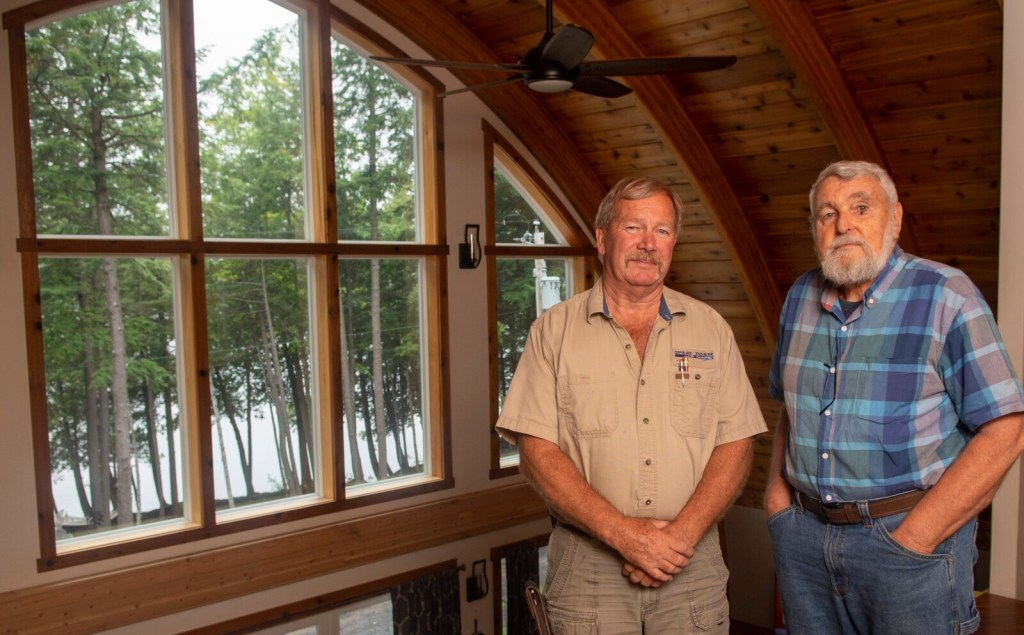
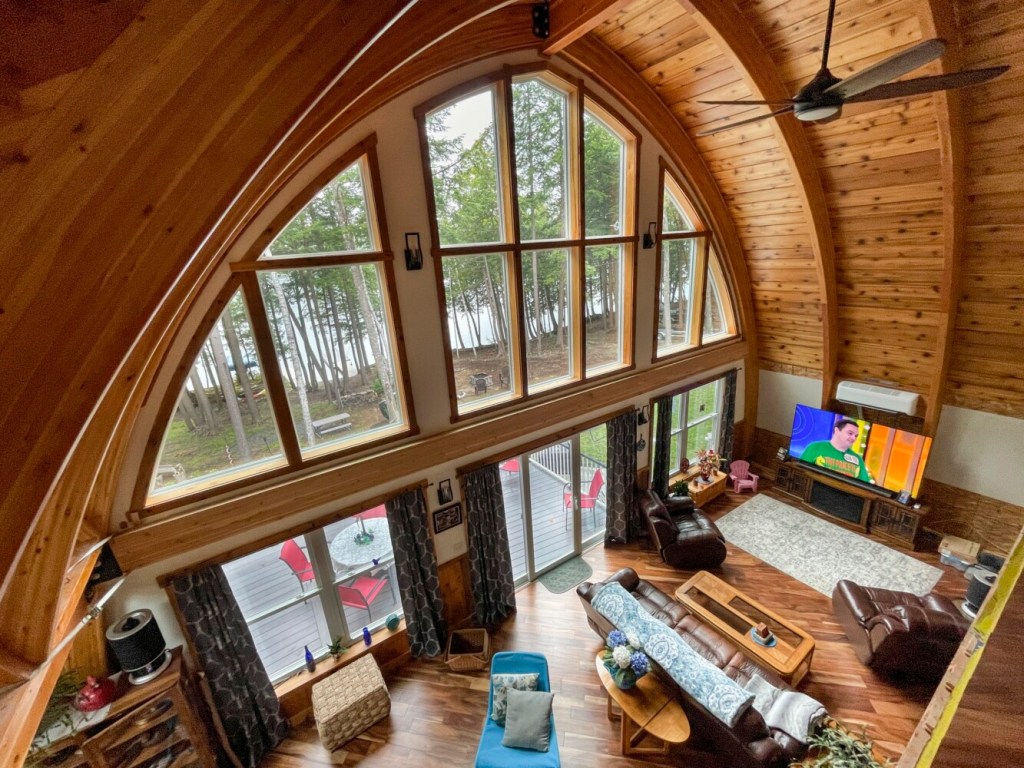
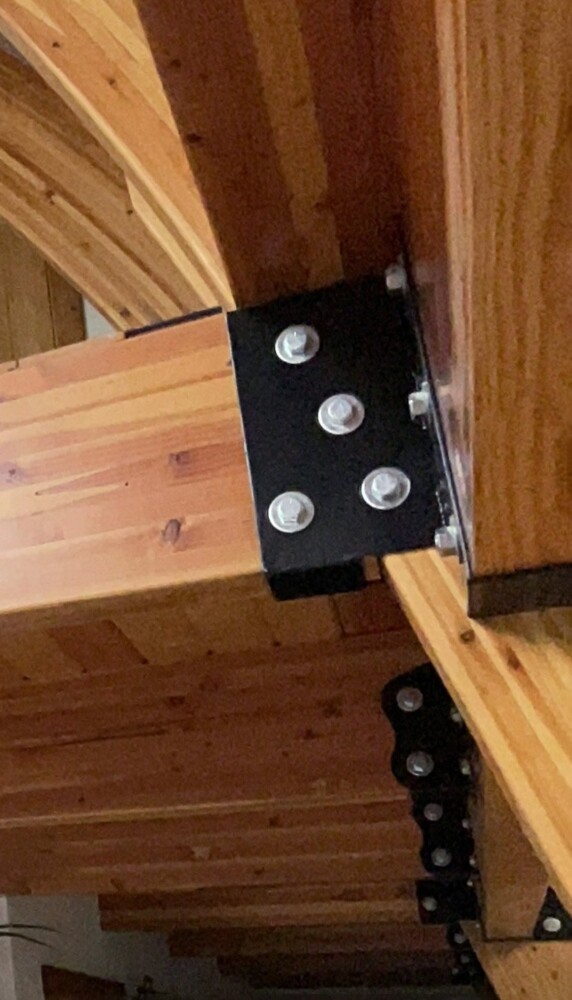
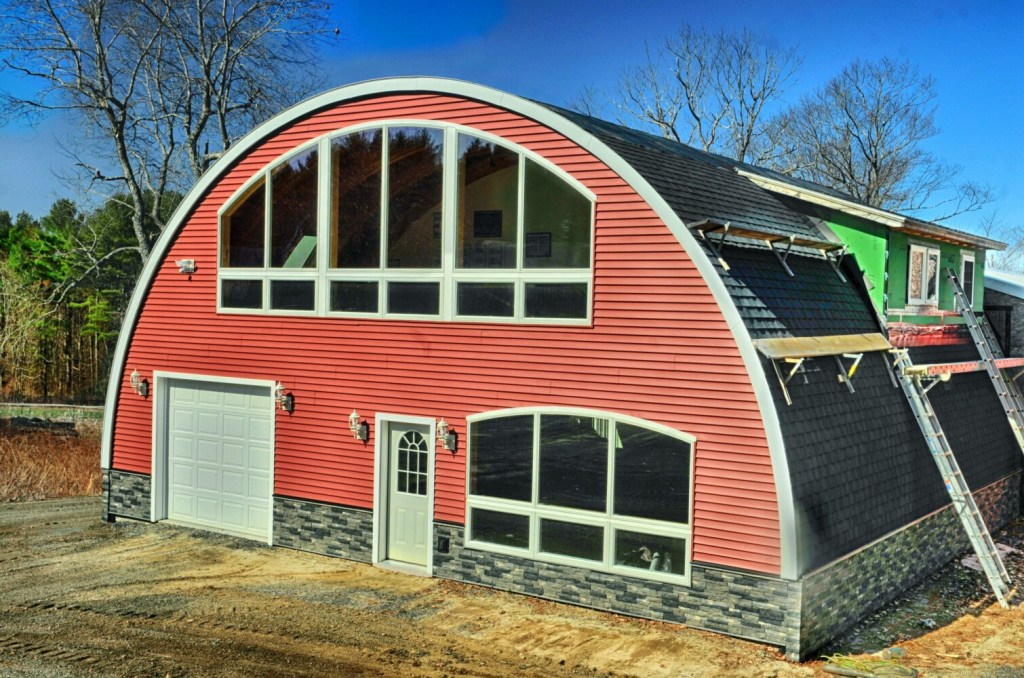
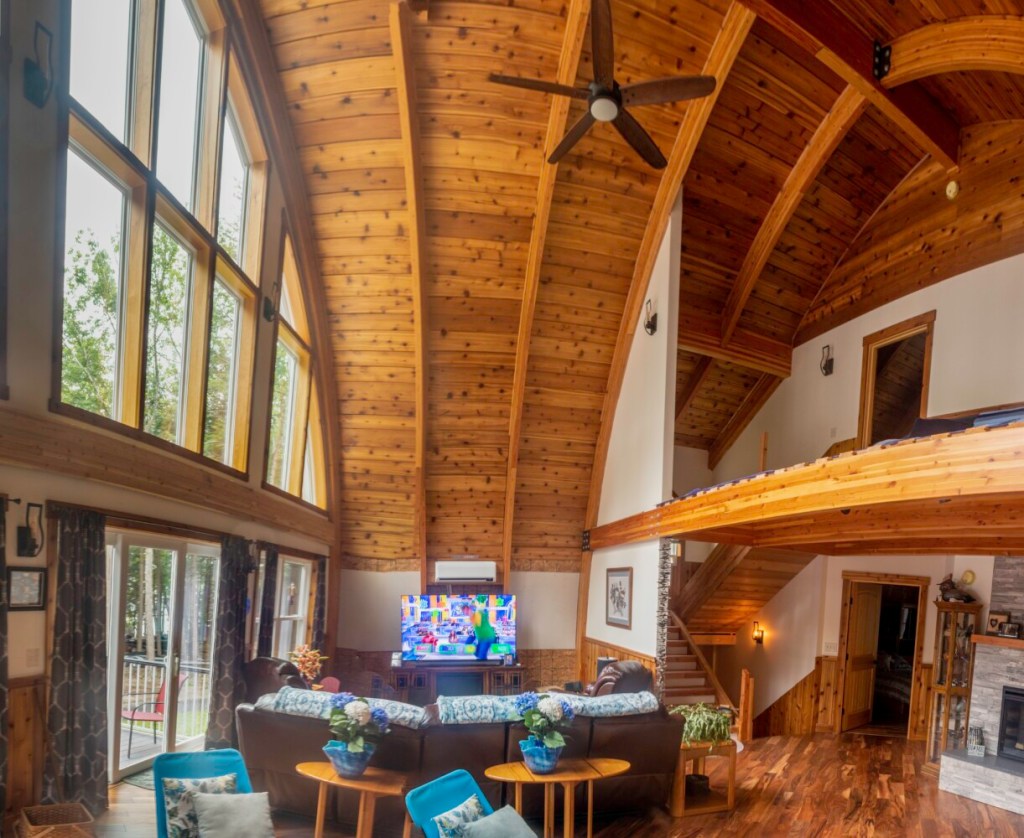
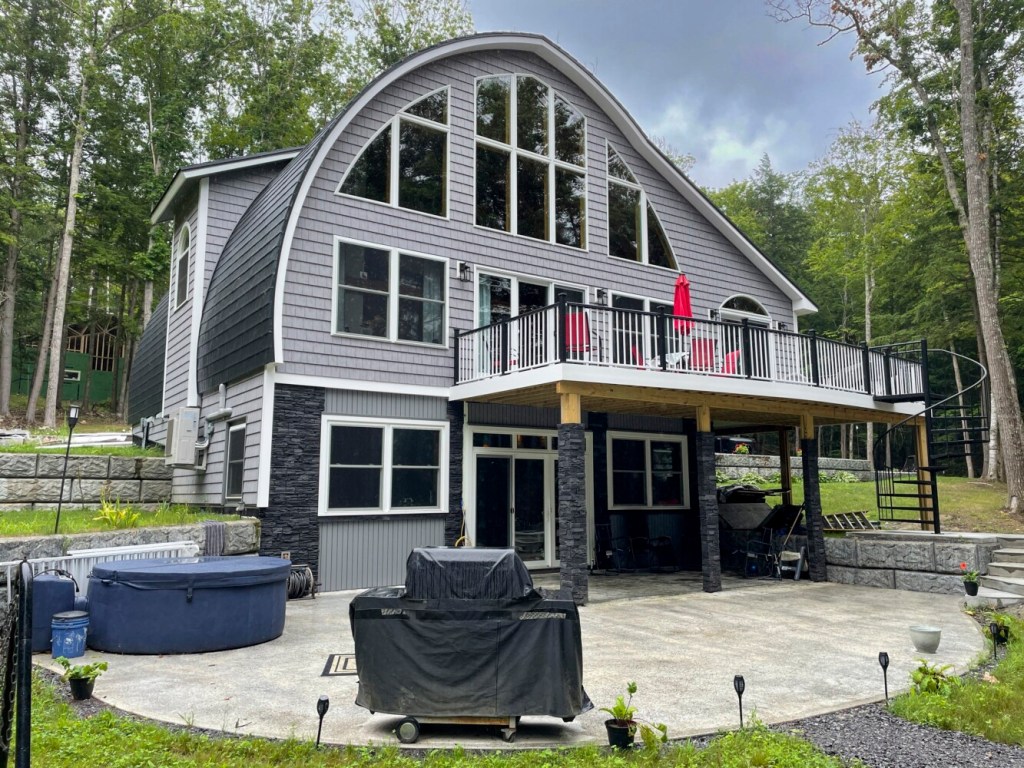
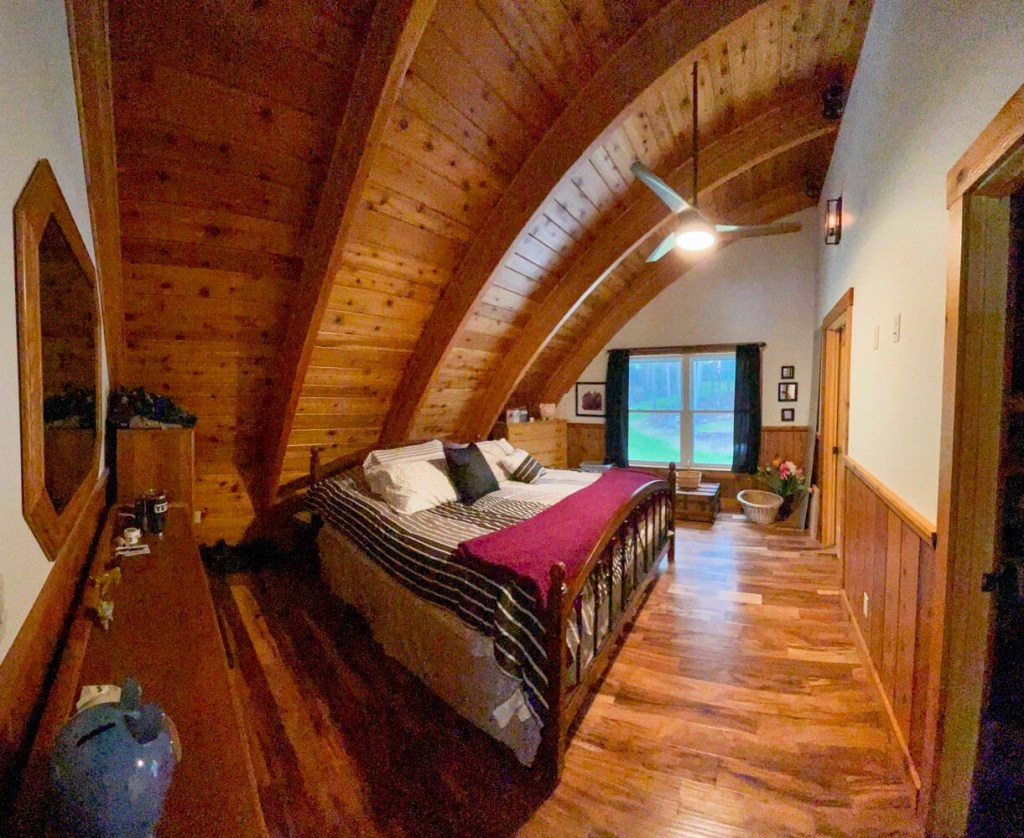
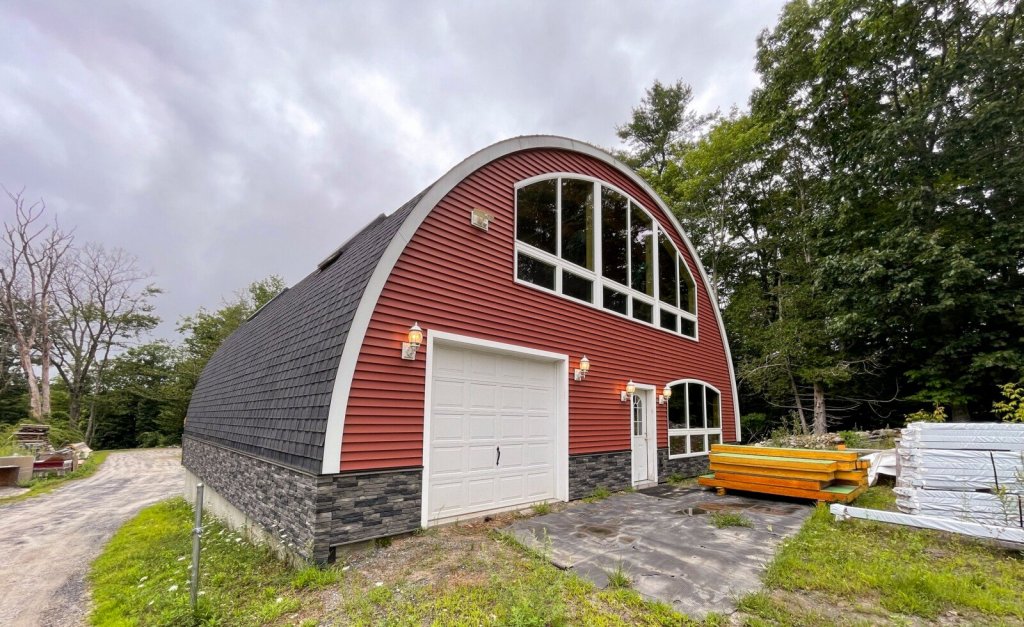
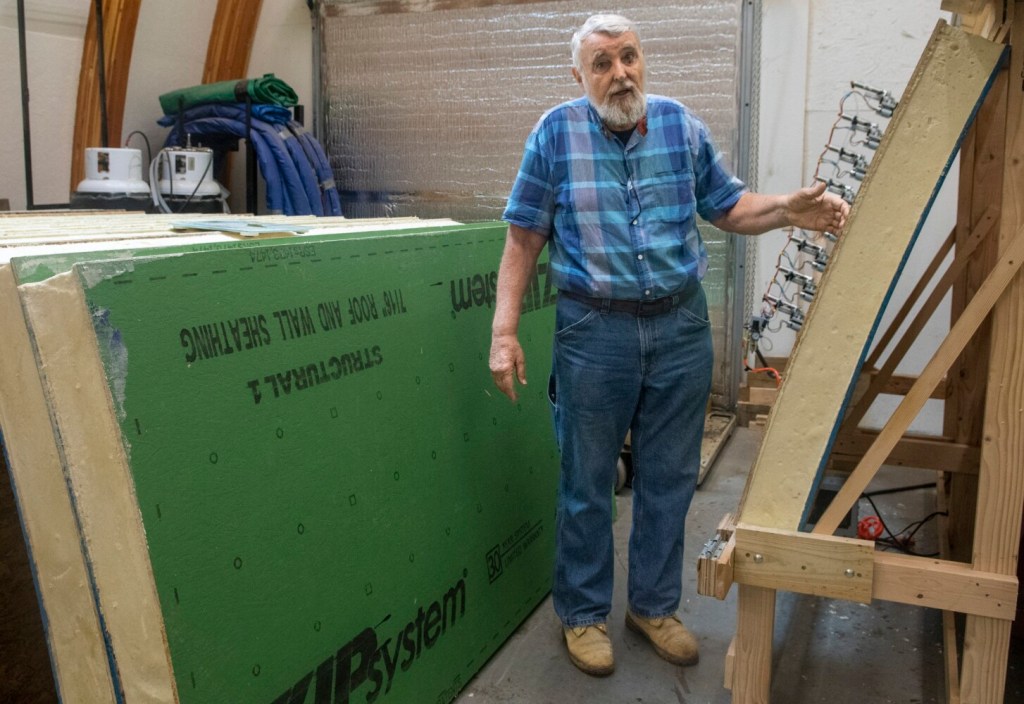
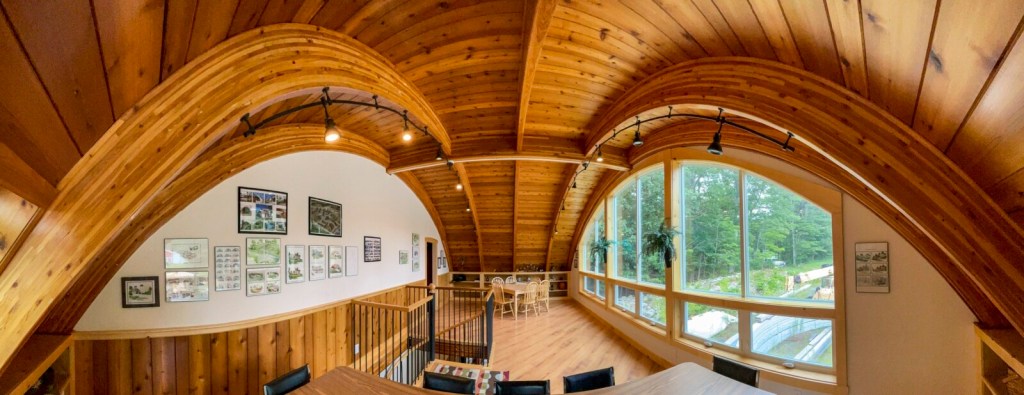
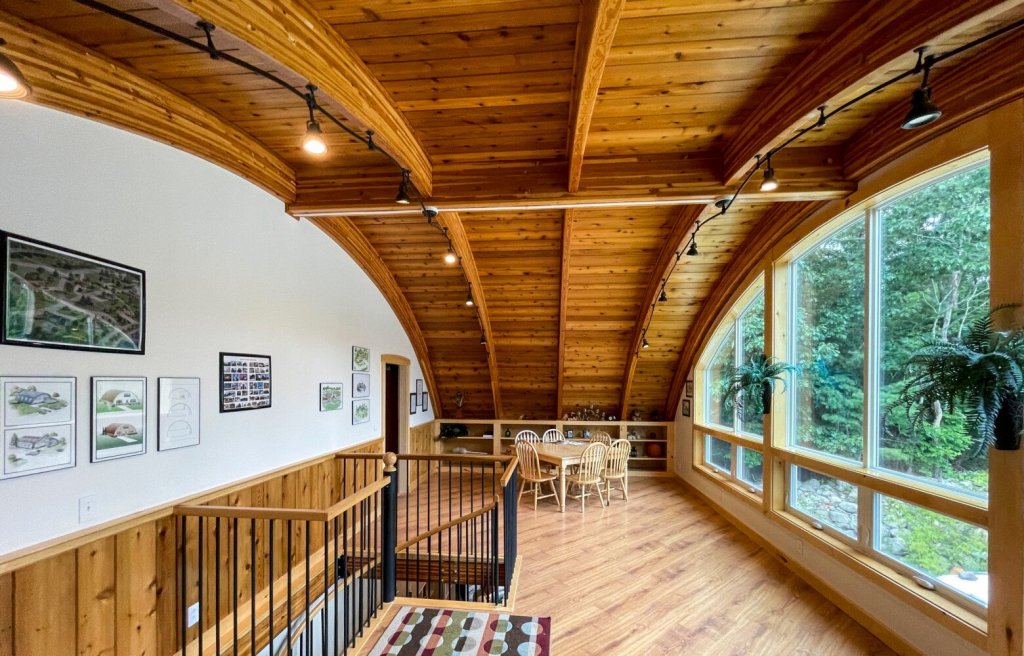

Comments are no longer available on this story